On the face of it, catch and release fishing sounds like a phenomenal idea. It’s really the ultimate expression of the steady march of civilization. Modern society has finally evolved to the point where a person can go out, catch a fish, throw it back, and not even momentarily consider the loss of a food source. Some, but not all, anglers don’t go fishing for dinner. But rather go searching for peace, tranquility, and a bit of sport. Of course, there’s a downside to everything, and catch and release fishing is no different. Here’s a quick list of a few of the things to consider the next time you contemplate the supposed glory of catch and release fishing.
1. The Ecology Factor

Image credits: fikret kabay via Pixabay
The obvious purpose of catch and release fishing in any given body of water is to keep the local fish population from being depleted. Biologists decided that there weren’t enough fish in the lakes for everybody to take home for dinner. So, a catch and release policy was adopted among governing bodies. As for lakes with low fish counts, it was concluded that the lakes didn’t have the numbers to support sports anglers. Solutions to help fish populations come as limiting the number of anglers allowed on the lakes or reducing catch limits. Both of which allow species to replenish.
Nevertheless, this can have an impact on more than fish in local lakes. Further clashing with small towns that rely on the increased tourism for angling. The rub is that the folks who run the local café, motel, gas station, and campsites don’t like this idea. The compromise is to make the lake a catch and release area. This means that an untold, seemingly endless number of anglers, can now hit the lake, make noise, litter, and generally louse up the place. There will always be more than enough fish to keep everybody happy. Many times, from an ecological standpoint, a lake is worse off after catch and release is adopted than it was in the beginning.
2. The Sport Factor
Occasionally, you’ll haul a big lunker out of a catch-and-release river, and it is quite noticeable that the old guy has been caught about a thousand times. The Florida Wildlife Commission has been studying the effects of catch and release practices on both freshwater and saltwater species for over a decade. In a study of spotted seatrout to determine catch and release morality, it was noted that hook placement impacted survival rates. Fish hooked in the gills or underbelly had far less of a chance of surviving than being hooked in the mouth. In the great scheme of things, one has to ponder, if anglers aren’t able to control where the fish is hooked, is catch and release really better for the sport and the environment?
3. The Health Factor
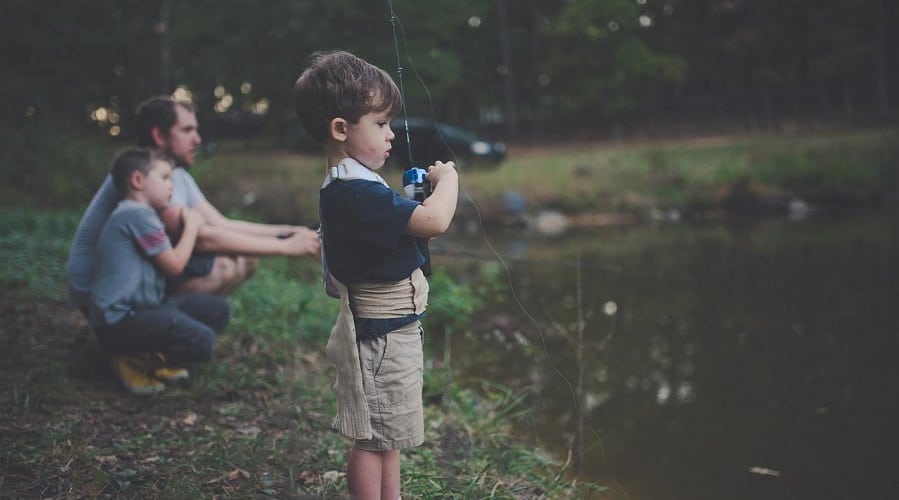
Image credits: Pexels via Pixabay
The first time you reel in a big fish in a catch and release area and notice that its mouth looks like a wrestler’s ear, you’ll begin to question the wisdom of catch and release fishing. The simple truth of the matter is that getting a hook jammed in your lip and getting dragged around by that hook is a rather traumatic experience. After all, fish have nerves like any other creatures and can feel pain. You may notice that fish that are pulled from catch and release waterways, contain a scar or two to prove it. Check out enough mangled fish, and you will inevitably find yourself thinking it might be better to just take them home and get it over with.
4. The Purpose Factor
As any angler can attest, there is something wonderfully primitive about catching a mess of fish and eating them. There is an ineffable quality to going out and getting your dinner. Alas, it’s hard to define for those who have never done it. Catch and release fishing eliminates that quality, and when you do enough of it, you can’t help but wonder why you didn’t just go play golf. It eventually occurs to you that simply sitting on the bank without a rod or reel would have probably offered the same relaxation with considerably less expense. You don’t even need to buy a license to sit on a lake shore and watch the clouds drift by. More so, you won’t end up smelling like fish. Without the fish frying in the pan at the end of the day, what’s the point?
A Final Thought
Whether you think catch and release fishing is an intelligent notion or not, the practice is here to stay. Many Fish and Game Departments have found catch and release fishing to be the only acceptable option when it comes to making peace between anglers, guides, conservationists, and biologists. It should be noted that it isn’t a perfect solution, but it is functional and ensures that certain fish species that are facing overfishing and still able around for future generations.

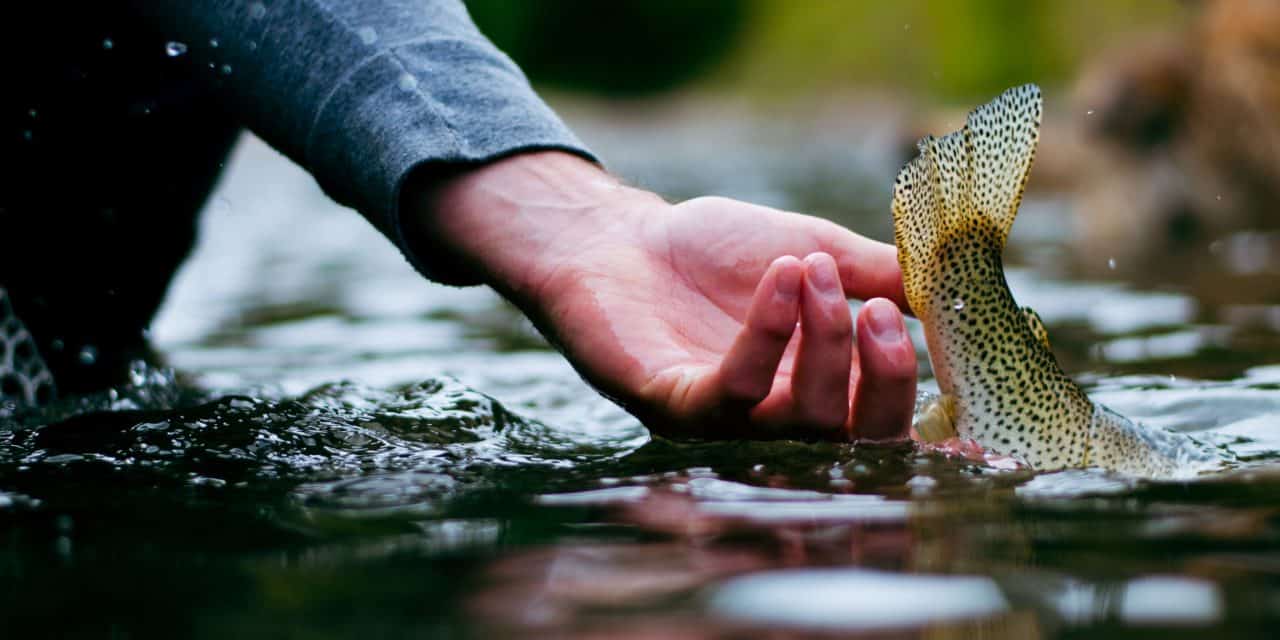
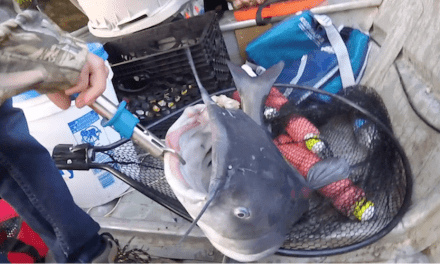

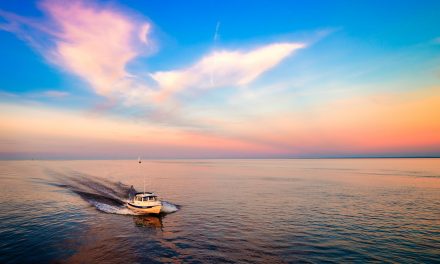
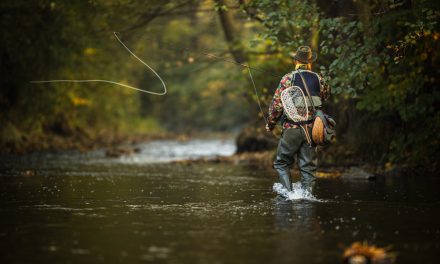
 E-Newsletter
E-Newsletter